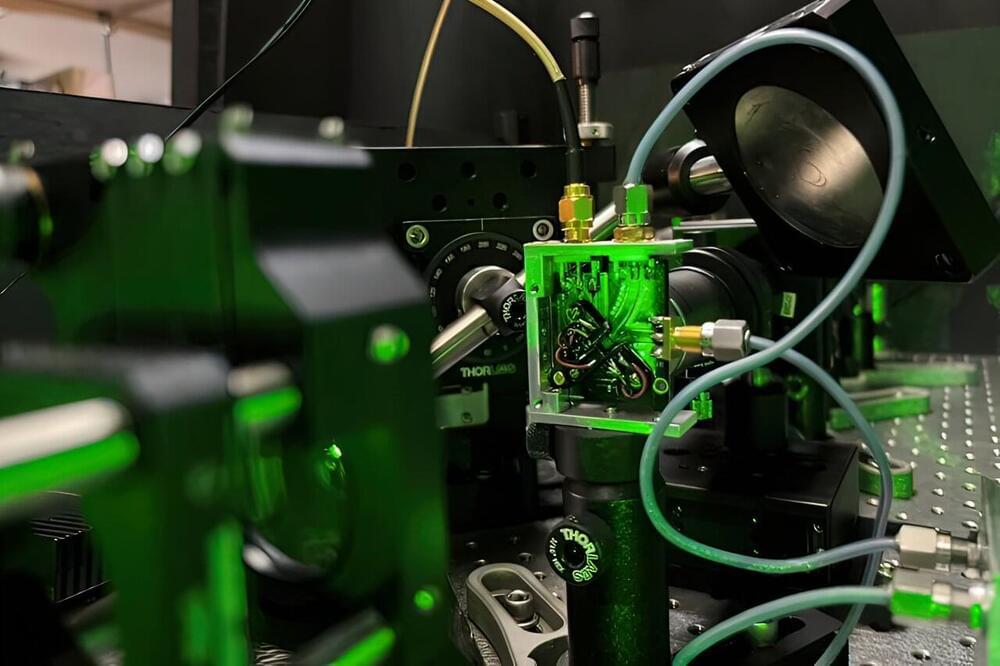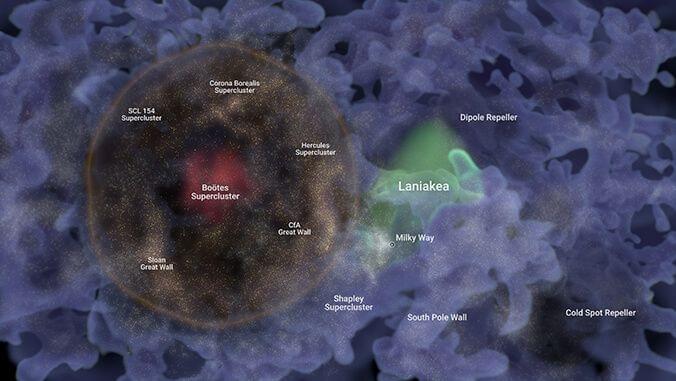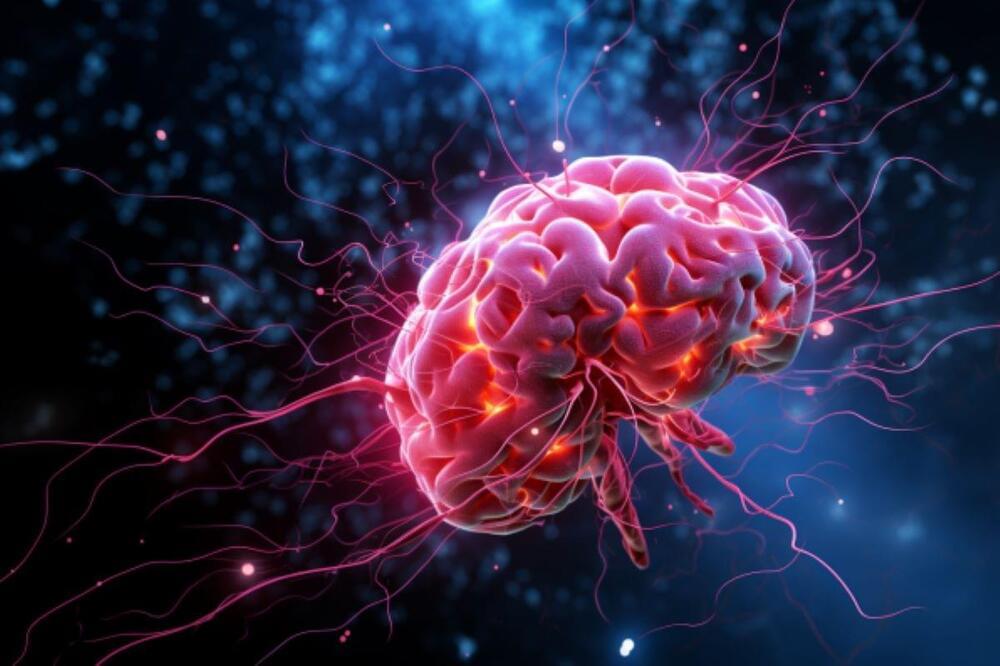For years, researchers have tried various ways to coax quantum bits—or qubits, the basic building blocks of quantum computers—to remain in their quantum state for ever-longer times, a key step in creating devices like quantum sensors, gyroscopes, and memories.
A team of physicists from MIT have taken an important step forward in that quest, and to do it, they borrowed a concept from an unlikely source—noise-cancelling headphones.
Led by Ju Li, the Battelle Energy Alliance Professor in Nuclear Engineering and professor of materials science and engineering, and Paola Cappellaro, the Ford Professor of Engineering in the Department of Nuclear Science and Engineering and Research Laboratory of Electronics, and a professor of physics, the team described a method to achieve a 20-fold increase in the coherence times for nuclear-spin qubits.









